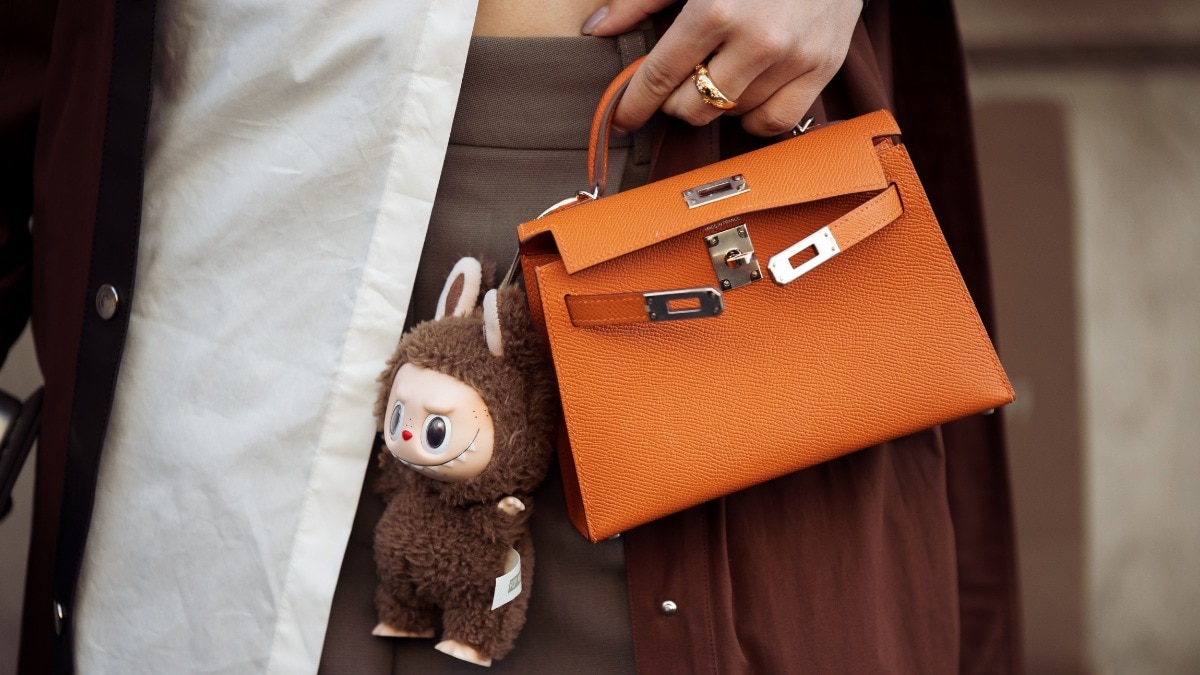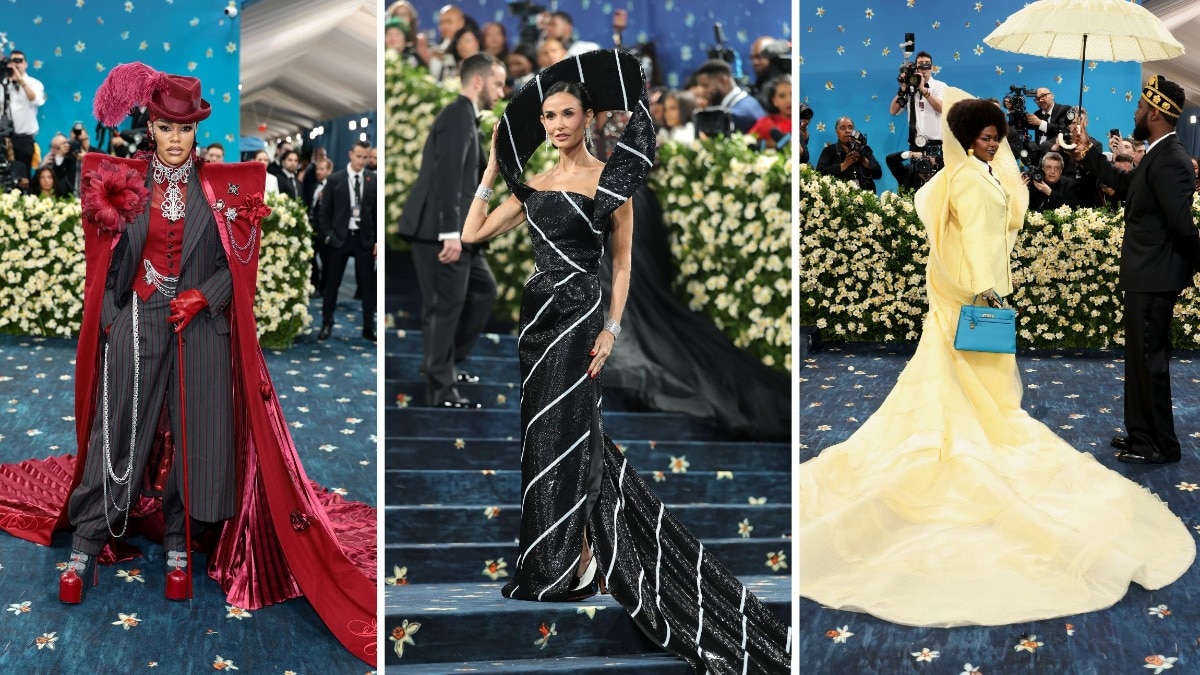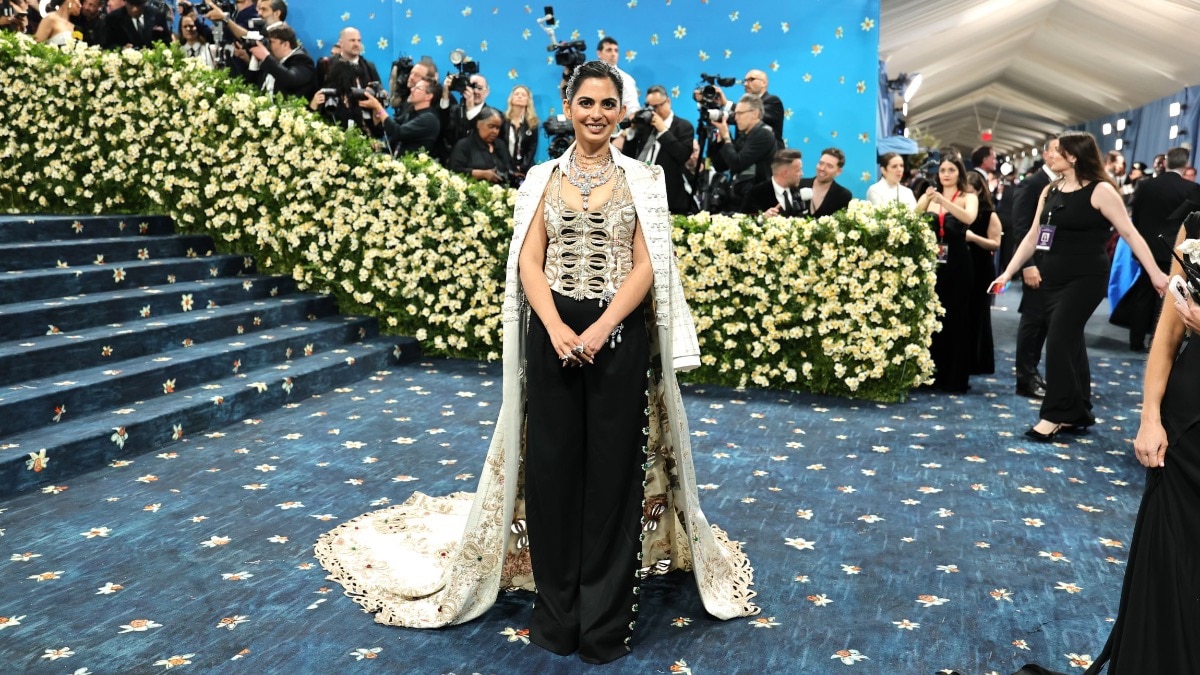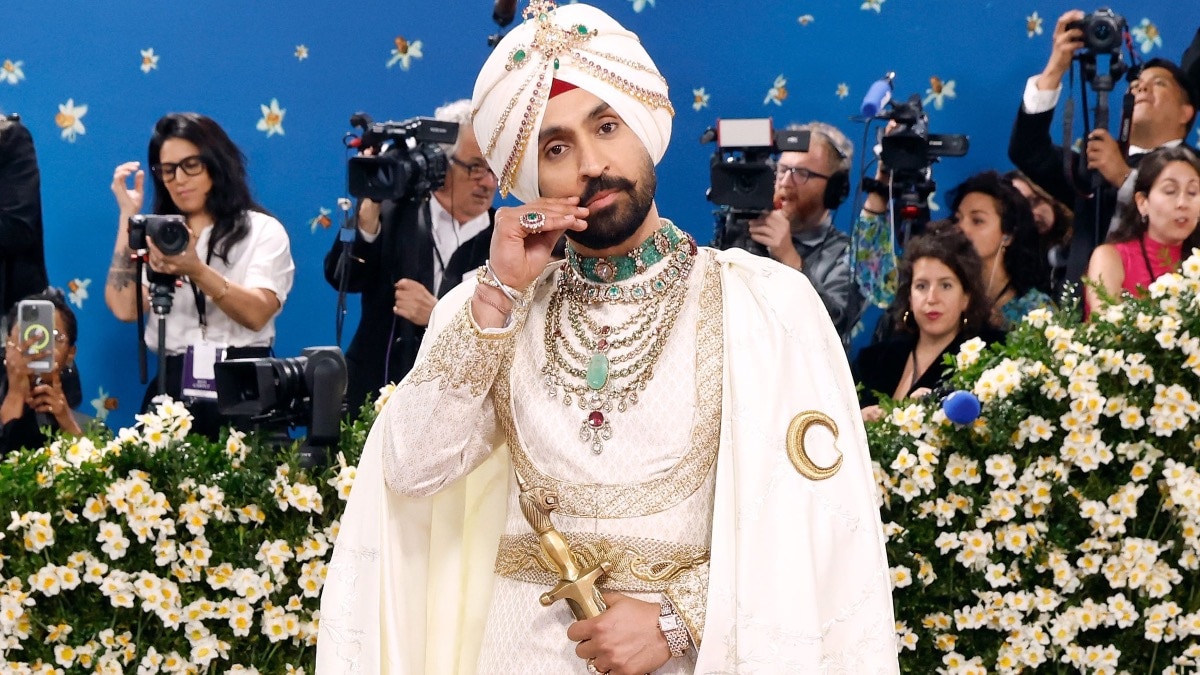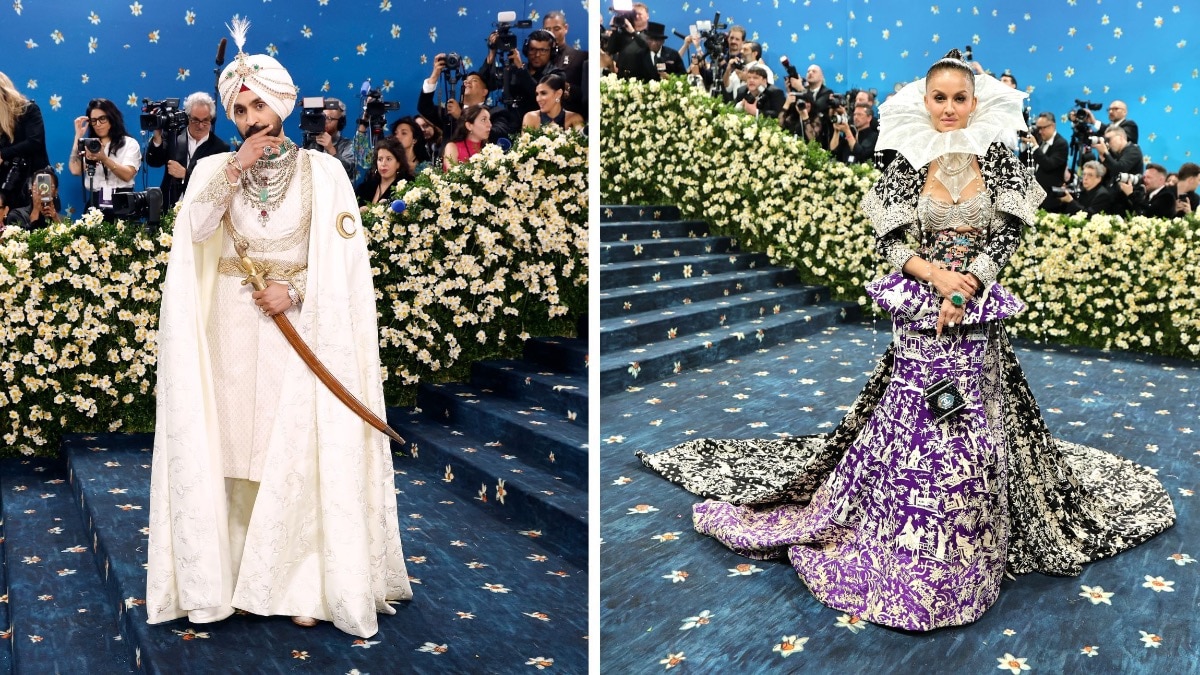Exclusive: Christian Louboutin talks to Bazaar India about moving to greener pastures and visiting Nagaland on a recent trip to India
The French fashion designer on drawing inspiration from his surroundings, adopting eco-friendly materials and what India can expect from the brand.


“These expensive, these is red bottoms, these are bloody shoes,” Cardi B rapped in her 2017 hit Bodak Yellow. And "these" are Christian Louboutin’s red-soled pieces of luxury that have equally become synonymous with pop culture since the designer first opened a bijou boutique on Rue Jean-Jacques Rousseau in 1991.
Louboutin’s first client was Princess Caroline of Monaco. Since then, it’s been worn by Jennifer Lopez, Tina Turner, Beyoncé, Sarah Jessica Parker, Blake Lively and, since producing his first men’s footwear in 2011, Leonardo DiCaprio too.
“Hit the store, I can get ’em both, I don’t wanna choose,” Cardi B continues, and who wouldn’t agree? For years, Louboutin and his artistry with shoes have made people stand up and notice of the wearers’ power, confidence, and style. Continuing to break new ground, the French designer has struck the perfect balance between luxury and sustainability.
In conversation with Bazaar India, the legendary shoe couturier and designer speaks about what caught his imagination and paved the way for him to design luxury shoes, committing to a greener future, and making his way all the way to Nagaland.

Harper’s Bazaar: As an artist and designer, you draw from materials and objects around you as your creative sources. The Cane Project, once again, sees you break new ground with your latest inspiration. Can you tell us a little about your journey into what you are currently studying?
Christian Louboutin: Last year, I met a young French entrepreneur, Alexis Dyèvre. Just like me, he’s passionate about craftsmanship and the preservation of savoir faire in danger. A few years ago, he purchased a company named Maison Gatti, creating furniture made of rattan, very typical of Parisian cafés chairs with their colourful patterns. I’ve personally invested in his company and together we’re working on developing it, imagining new designs, new colour associations, etc. We recently went together to Nagaland in what was a mesmerising trip.

HB India: With major brands committing to a greener and more sustainable future, and the use of alternatives that reduce carbon footprint, what are your plans for adopting more eco-friendly materials?
CL: We’ve spent several years doing ample research and audits to understand where we stand in the company about environment, carbon footprint, and the sourcing of fabrics. Furthermore, I’ve asked the team to step back a little and take the time out to analyse what our decisions could imply from the top of the bottom. What it means, for example, to go opt for vegan leather—in terms of how it is produced, the amount of water needed to grow it and so on. It’s an on-going process. To support this perspective, we hired a head of sustainability last year, which is a vast responsibility because it not only doesn’t only concerns nature, but also how people feel in your company.

HB: What was it about designing shoes that naturally appealed to you? You launched the first collection of men’s footwear in 2011. What was the origin story for that diversification?
CL: I started designing shoes when I was about 11. I used to live nearby near the Le Palais de la Porte Dorée museum in a place in Paris. named Le Palais de la Porte Dorée—a museum, it was dedicated back at the time to ancient Oceanian & and African arts. Every time I visited it, I saw this sketch on a sign banning the wearing of heels because the floorings, which were made from wood and mosaic tiles, were very fragile, made from wood and mosaic. This was in the 1970s, and I had never seen stilettos; it was a style that dated back to the 1950s, so I was very intrigued. I started sketching with this in mind, and realized realised shoes were a way for women to take control of themselves, to empower themselves, and to become whoever they dream to be.
Unexpectedly, that’s the exact same reason why the pop singer Mika came to me in 2009, asking me to design the shoes for his upcoming tour. He saw magic happening when his sisters tried my designs and he wanted to feel the same empowerment and energy while he performs on stage. That’s how I realised I could also design for men.

HB: With more and more luxury fashion brands collaborating with non-luxury labels, does Louboutin have any such collaboration plans for 2023 that you can share with us?
CL: Collaborations at Louboutin are mostly related to great encounters. I’m actually working on our annual Cabas. Every year, since 2015, I design a bag celebrating unique craftsmanship and highlighting local communities with a percentage of the sales going directly to grassroot organisations. My next edition will be dedicated to Spain, in collaboration with the flamboyant actress and one of my very dear friends, Rossy de Palma.
HB: What can the India market look out for from the brand in the year 2023?
CL: I’ve discovered exceptional savoir- faire and great artisans in Nagaland, so you should probably expect something inspired from here.

